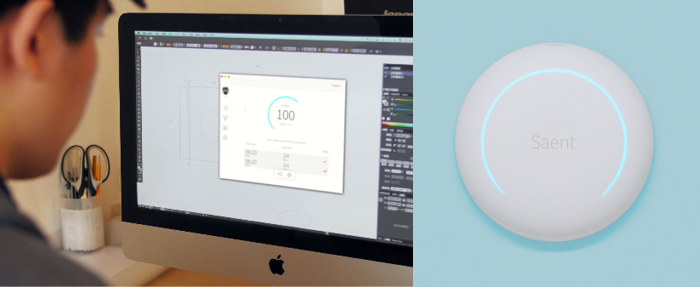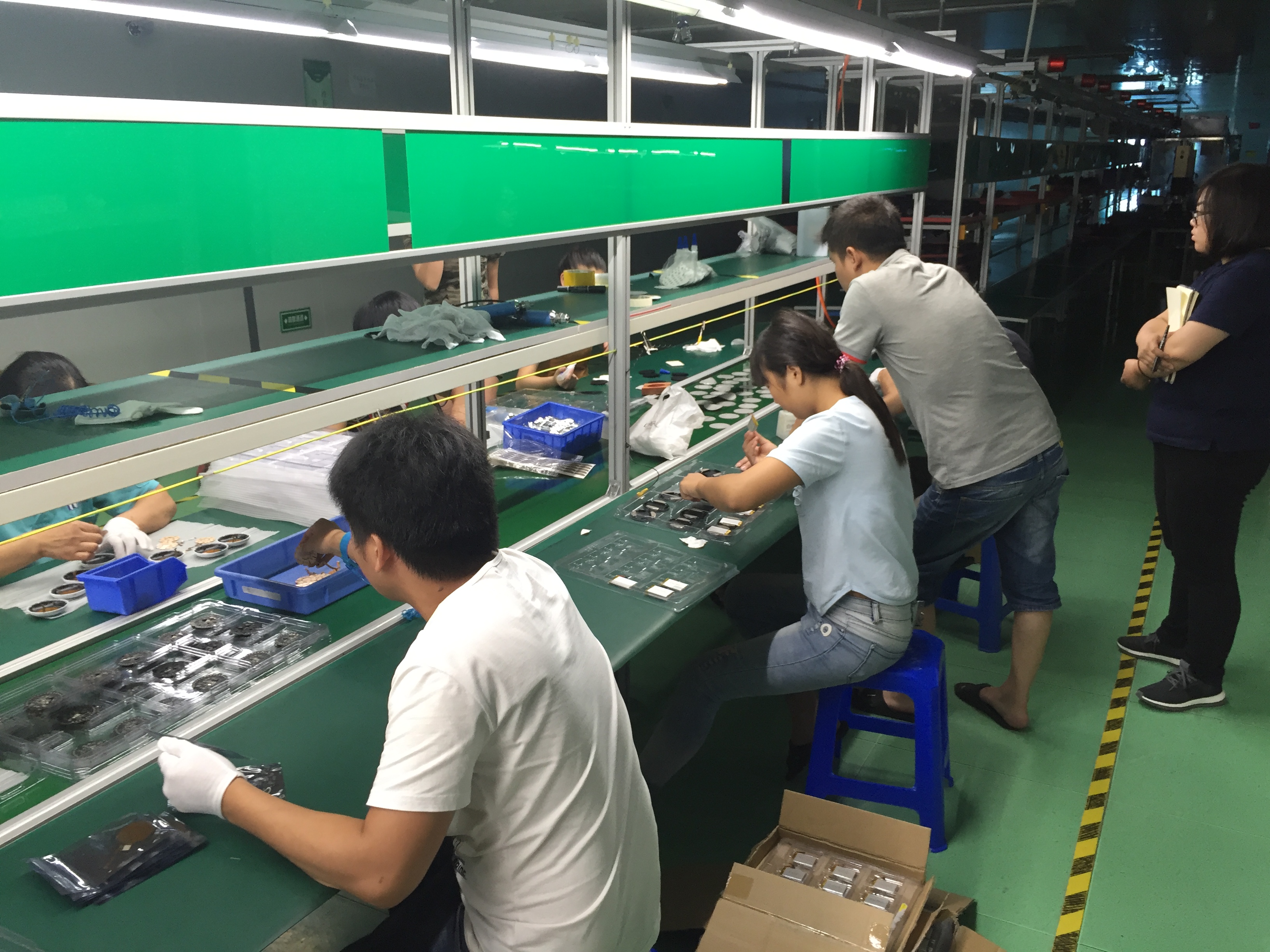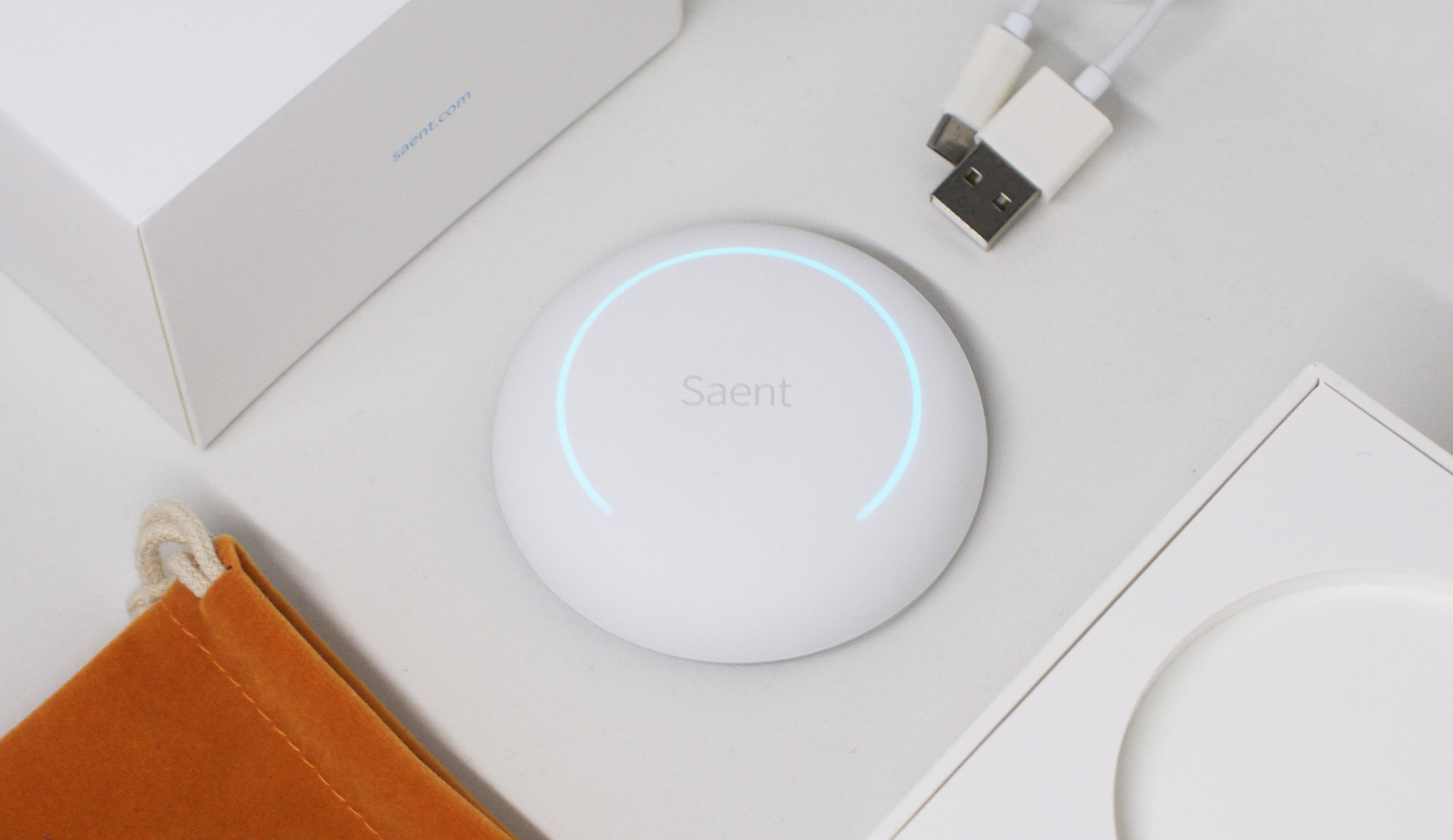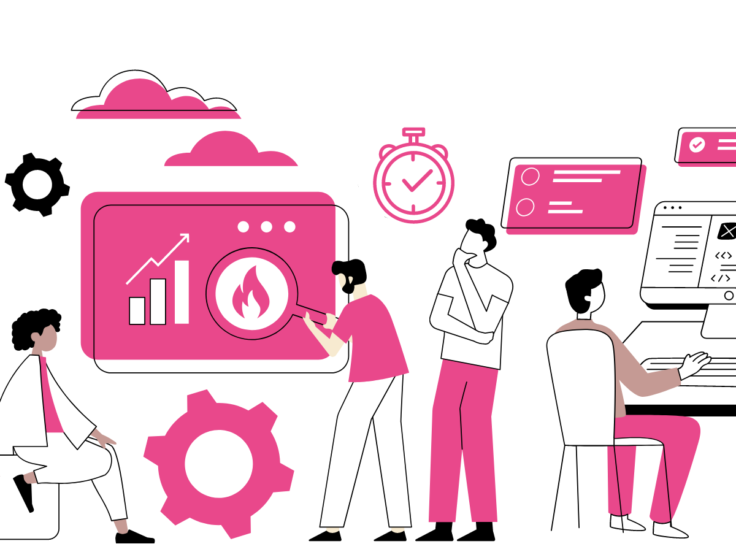
You’ve got a great idea for a project, but you might be overwhelmed by the amount of information out there. We’re here to help! We know that there are a lot of steps in creating a campaign, and we want to make sure you start off on the best foot possible.
So we grabbed our friends at Saent (who funded, built, and shipped a hardware product through a crowdfunding campaign) to talk about what they learned about the process.
So here’s the Saent team…
We often get asked: “how did you do it?” If you’re considering crowdfunding for any type of project, big or small, this post distills the lessons we learned into 9 common mistakes that many people make before pressing the “launch” button.
They’re ranked from least to most important based on what we’ve learned the hard way. We hope it’s helpful!
Let’s get started…
9. Not really talking to your potential customers
Nearly everyone with a product idea will know at least a few friends or colleagues who have an interest in buying it, otherwise the concept would not have come to mind in the first place. But how much deeper did you dig beyond that? Have you quizzed total strangers on your idea? Can you explain exactly how and why customers would want to use it? Does it solve a real pain point in their daily lives? What do they value?
We didn’t do enough of this homework. A lot of aspects of our campaign could have been greatly improved, such as the value proposition (emphasizing work/life balance instead of productivity) and our pricing strategy (communication around our premium app). But we didn’t spend enough time actually speaking with people.
8. Focusing on fancy digital tools
Based on the questions we get from aspiring crowdfunders, it seems people think we had a magical set of tools that did the bulk of the work. The answer is definitely “no!”
Instead, most of our efforts were pure human, “manual” labour: Josh chasing press contacts, Russell working his email list, me preparing newsletters. In fact, most of the tools we tried (automated viral mechanisms, backer community platforms) did very little for us. Considering the costs (both money and time) involved to set up and run them, we would likely have been better off skipping them altogether.
Don’t sweat the tools. There is no silver bullet and your time is better spent elsewhere.
7. Having Too Many Perks
Before we launched Saent, we audited a large number of other successful crowdfunding campaigns to see how they were structured, and one recurrent theme seemed to be you need a lot of perks. Eight was generally the minimum we saw, while some campaigns had up to fifteen or beyond.
Unless you have good reason for offering a gazillion rewards, we’ve come to believe less is more here. In our case, we received $278 from the smallest rewards (out of a total amount of $53,817 or 0.5%), and nothing from the really high tiers. That’s not a completely insignificant sum, but the real question here is: how many people did not place an order because they were overwhelmed by the amount of choice?
While we don’t have firm proof to back this up, our hunch is that there are quite a few people who left because they were not sure what to pick. We highly recommend bringing your available rewards down to 2 – 5 choices. This is hard, but it should make the decision process for your customers easier and hence result in more sales. (It will also help make your order fulfillment tasks after the campaign is done that much more simple.)

6. Not having any niche press or bloggers lined up
Everyone wants their campaign to end up on big, mainstream sites like Mashable, Newsweek, and CNN. While it’s great if you do (we indeed did!), getting the attention of these publications is hard. Sure, it can help boost your credibility (you can now add their logo under “as seen on…” on your page), but we found the actual sales conversion from these sources weren’t all that great.
Instead, what really moved the needle was when our coverage aligned perfectly with our product. Saent is a beautifully designed tech gadget and an app that appeals to digital creatives, so when a design or tech magazine wrote about us, substantial orders came in. It was the same thing when a respected productivity blogger made a recommendation for Saent.
If you can identify which “niches” match your product and potential customers, you can start looking for respected bloggers in those fields. Assuming your product makes at least some sense, these influencers will be happy to add an interesting story to their publication and drive traffic to your campaign.
5. Not securing any large upfront pledges
While we recommend not having too many rewards, a couple really large perks do make sense if you have secured some confirmations for them upfront.
No matter how good your product is, nobody is going to arrive on your campaign page cold (as in, never having talked to you or heard about your product before) and buy a really expensive perk.
However, if you can sell a large volume (or high contribution amount) of your product in advance of the campaign, and they contribute on the first day – that’ll really help. Our campaign manager at Indiegogo stressed the importance of getting to 25-30% funded within the first few days. This way, you start day one already well on your way toward your campaign goal, which will convince others you’re a “winner” and increase the amount of contributors you attract. It took us over a week to get to that point, unfortunately, which made reaching our goal much harder because we plateaued for awhile.
Pre-selling high dollar rewards so you get to that magic quarter to third funded as fast as possible will give you a huge boost toward reaching your goal. It’s something we wish we had done.

4. Launching too early
There can be good reasons for having to launch: a competitor is on your heels, your product or idea is tied to a specific event, you’re running out of money. In those cases, you don’t have much choice and should indeed probably move ahead with launch.
Other times, the reason for pushing ahead with launch is less warranted. In our case, I was mainly worried someone would beat us to it (as the idea seemed so obvious to me, something I’ve started to call Founder’s Bias). In reality, we could have waited one or two months and done more preparation; we had some money in the bank, competition was nowhere in sight, and there was no external event that put pressure on our campaign starting date.
It would have given us more time to gather email addresses, secure large upfront orders, and further test our messaging with our prospective audience.
Take the time you need to get your strategy right and the pieces in place before launching.
3. Not focusing on opt-in email addresses
When preparing a crowdfunding campaign, you have one main concern: creating as much certainty as possible that you will reach your funding goal.
There is only one thing (that we know of) that comes as close to a ‘magic’ tool: an email list of people who have specifically indicated they are interested in what you have to offer. But wait, don’t pull out the champagne just yet: only about 5% of that list will actually “convert” and buy your product. It’s the number Indiegogo’s campaign strategist gave us based on all their data, and it’s exactly what happened during our campaign.
Note that, contrary to what you might think, your personal and professional contacts can not be counted as members of this list, unless they have specifically signed up for your product. An unannounced blast to your own contact lists might result in a 1% – 2% conversion at best (we tried; sorry friends). So do the math, to help you anticipate your results:
Crowdfunding = Plan on about 5% of your opted-in email list to convert
Obviously most crowdfunding campaigns don’t have large enough email lists to be fully funded from that source alone. But aim for the sales from that 5% to equal at least 30% of your goal. Calculate using what you think will be your most popular reward. Can’t get to 30% funded from your email list? Then you’re launching too early (see point #4).
2. Not giving yourself enough time to ship
Your estimated shipping date hardly affects your campaign result.
The second biggest challenge I run into when talking to fellow crowdfunders is that an aggressive delivery timeline is somehow required, or impressive to customers. And I’m talking from experience…
We stuck to a delivery date of November, thinking that less waiting time for backers, and shipment before the holidays, would get more people to order. We launched in July and eventually finished our campaign in September. Only three months from finish to shipping? We rationalized: “Yes, we are not like the others.” “We’re almost ready, anyway.” “Our estimate has a few weeks of buffer time baked in.” (I’m laughing at myself reading this.)
We ended up shipping on the last day of May 2016, 7 months past our original estimate. And we did have a very experienced team, with folks who have been in China producing hardware for over a decade.
So leave at least 12 months to ship your product. You’ll impress people by under promising and over-delivering, not the other way around. And you’ll spend less time communicating about delays, another big plus.

1. Not setting the right funding goal
This is the most important point of all; if you take to heart only one item from this entire article, let it be this one.
Similar as to the shipping date, most people I talk to seem to think a high funding goal is somehow necessary. Here’s the problem: nobody pays much attention to the funding goal amount, while everyone pays attention to the funding percentage. This means that you’re much better off with a lower funding goal, since your percentage will automatically be higher with every dollar you get in. The sooner you reach 100% the better, so a lower funding goal is an advantage, not a weakness.
Find the absolute rock-bottom point at which you know you can find a way to move ahead with production, and make that your goal. It ensures you will have the greatest chance of success.
Thank you to the Saent team for sharing your tips and experiences!
-The Indiegogo Team
P.S. If you’re looking for a great resource on creating and running a campaign, be sure to check out our Essential Guide to Crowdfunding that covers many of the aspects from above (goal setting, campaign duration, perk strategy, etc).



